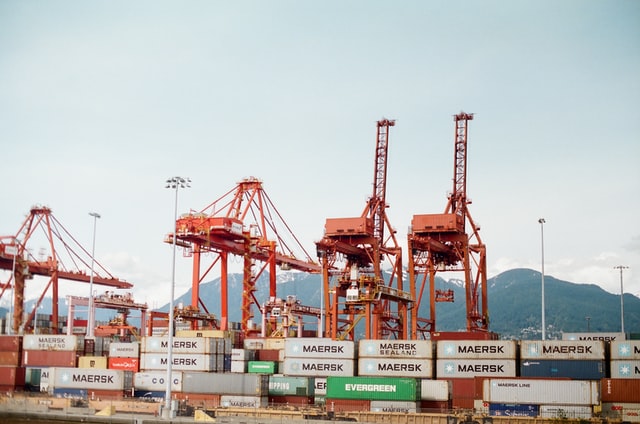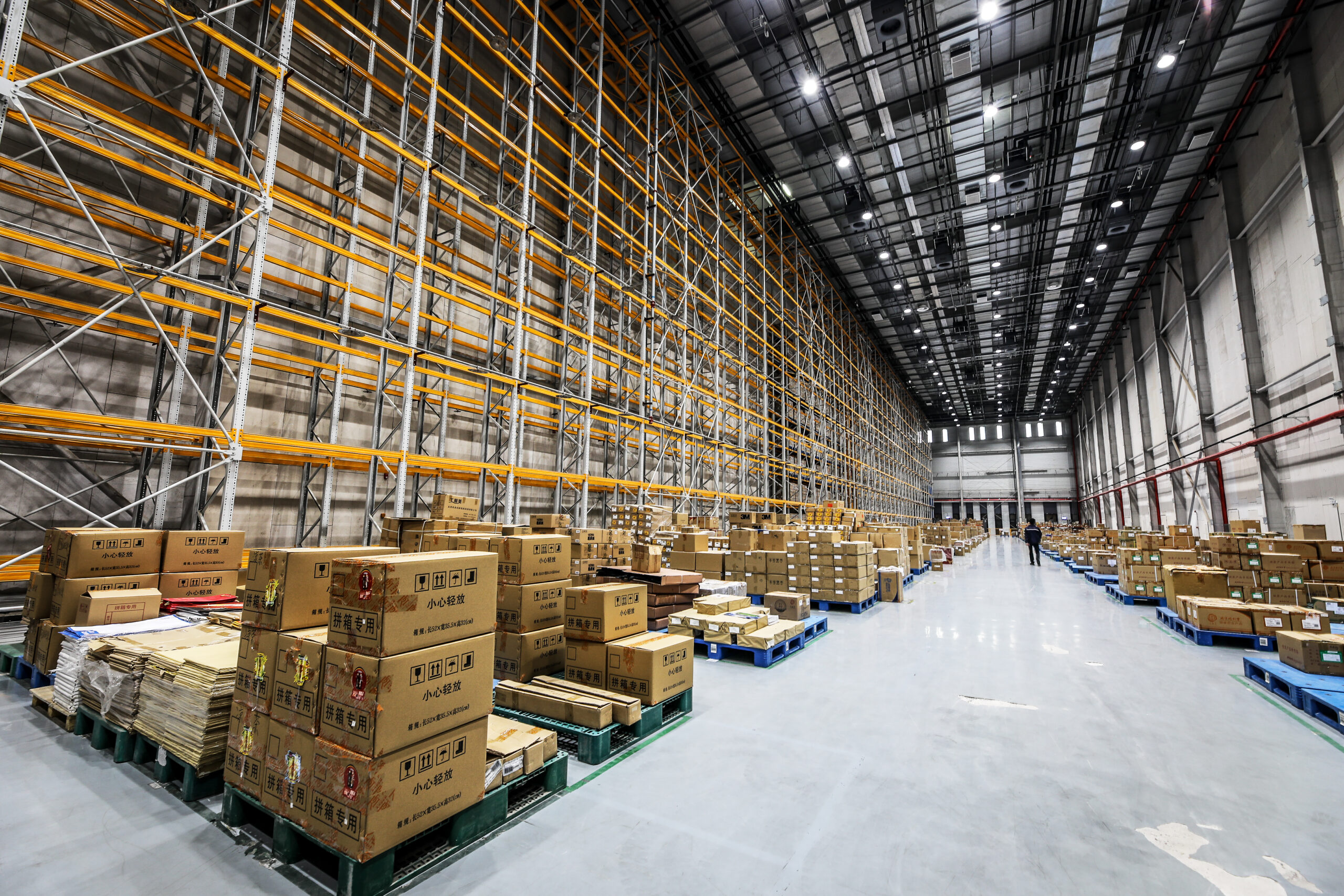As essential infrastructure facilities, ports play a major role in the supply chain. That is why it is vital they are at the forefront of innovation. Digitising maritime and port operations is not an easy task as there are many complex systems and processes. Where do you start and what do you need to look for? David Yeo, founder and Group CEO of Innovez One, shares with us how maritime digitisation works.
Despite technology developing quite rapidly, most ports still rely on manual processes to plan. ‘When we started our work in 2004 devices and messaging platforms were not ready,’ explains Yeo. ‘However, the industry as a whole has not changed very much in terms of the adoption of technology with circa 80% of the market lacking in much needed digitalisation’ During the last five years, the maritime industry has started to implement innovative ways of operating more rapidly. Covid-19 played the role of a wake-up call for everybody. There seems to be much greater urgency in adopting digital platforms in recent years. Advancements in Artificial Intelligence (AI) and Internet of Things (IoT) meant the International Maritime Organisation and port authorities are more interested in implementing digital systems that transform traditional operational processes.
Holistic view
According to Yeo, port authorities should consider whether it is more beneficial to create a digital platform in-house or outsource it to someone who has a more holistic view. The maritime sector has many vendors who have the know-how and can advise not only about how to use technology but also what is the right technology fit for a specific port operation. ‘You can lower the risk of implementation by finding the right partner,’ Yeo continues.
The industry is looking to form networks between ports so they can exchange data seamlessly while protect their interests. This means ports and technology vendors will focus on the issue of standardising the language of data exchange. ‘We see this being discussed and looked at,’ Yeo says. The next step will be how data can be used to optimise ports’ costs. ‘AI is definitely a rising star because other sectors have reported a lot of success with it,’ Innovez One founder explains. IoT is also advancing and will be part of ports’ strategies in the near future.
Security
‘I think one of the biggest problems will be security,’ Yeo says when commenting on what ports should look for in digital solutions. The more digital operations become the greater the risk of cybercrime is. ‘The weakest link for digital platforms is the people that use them,’ Yeo explains. ‘They might choose very weak passwords or share them with someone else.’ To a certain degree technology can enforce better behaviour by suggesting a change of password every month.
However, companies need to focus on how they can train their staff and educate them on how to protect their privacy.
Talent’s capacity
Ports are turning to specialists who can help them navigate all new technologies. When we talk about data exchange, which is seen as an established technology, many ports might find the right talent inside their organisations.
For newer technologies like AI and IoT, ports will have to seek help as they are still evolving, and it might be hard to grasp everything that is happening. For smaller and medium-size ports having the right people might be the biggest challenge. ✷

